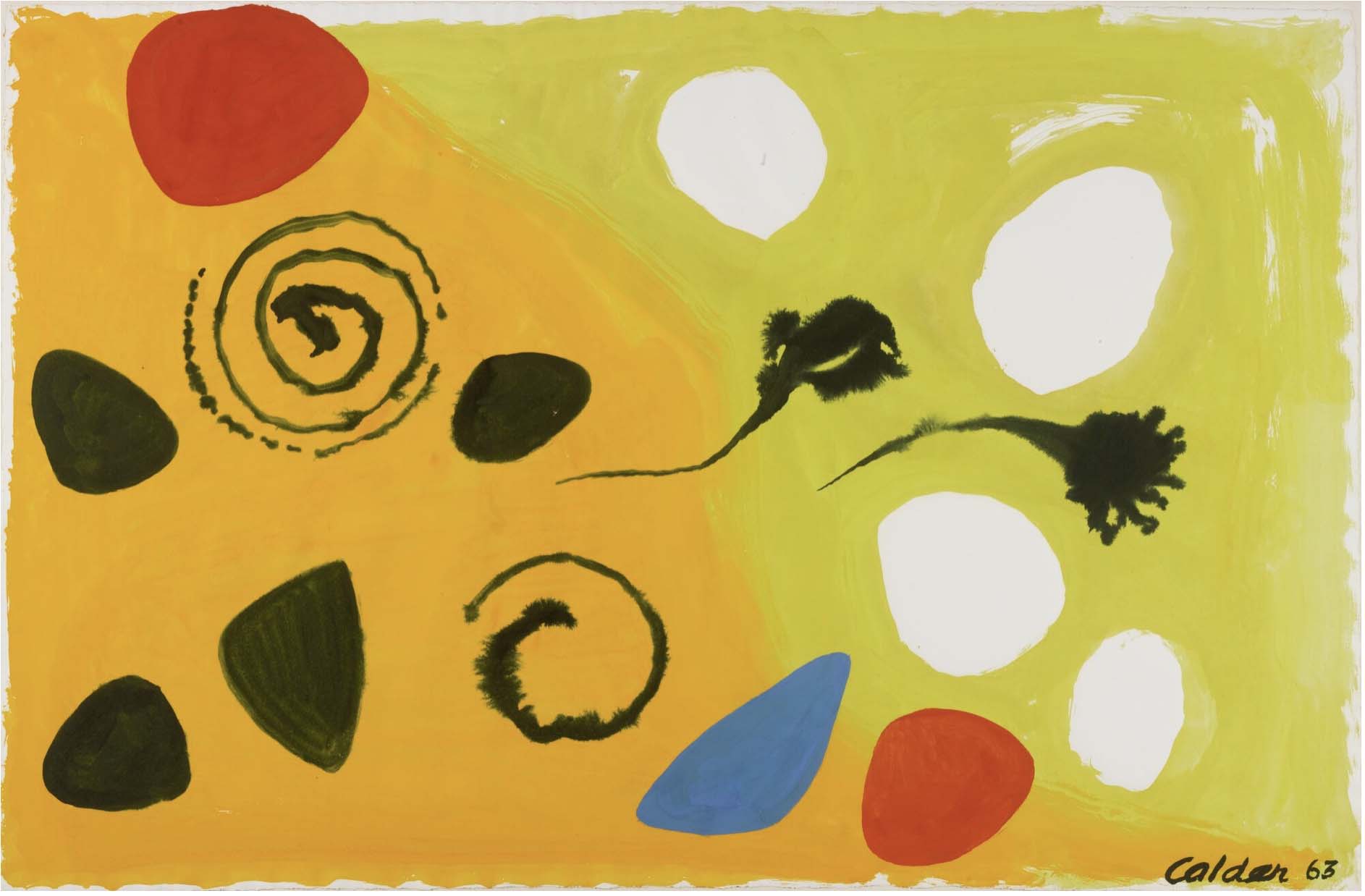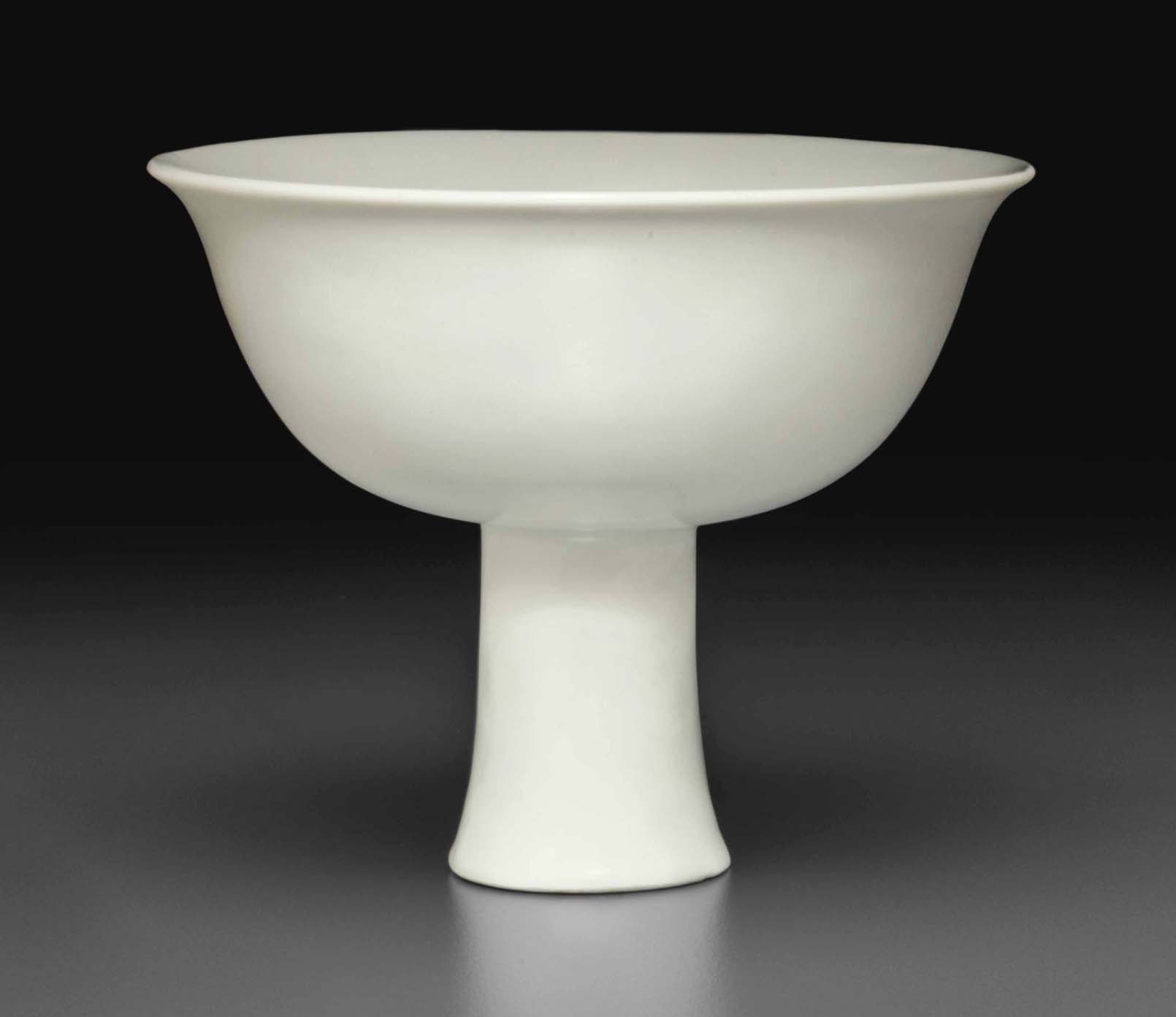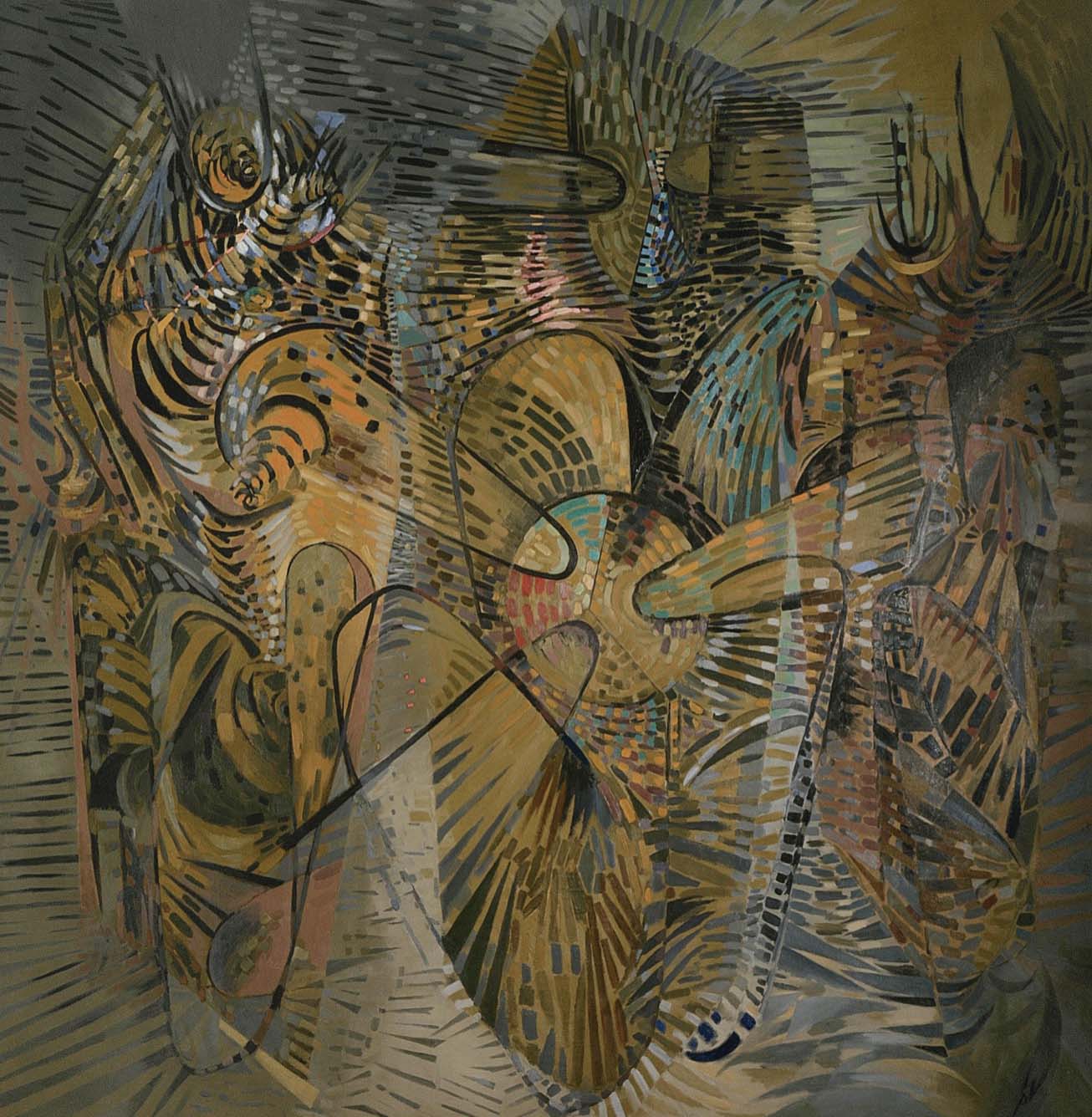Sotheby’s sells Les Soleils by Henri Le Sidaner (1862–1939) on behalf of a client on November 5, 2015.
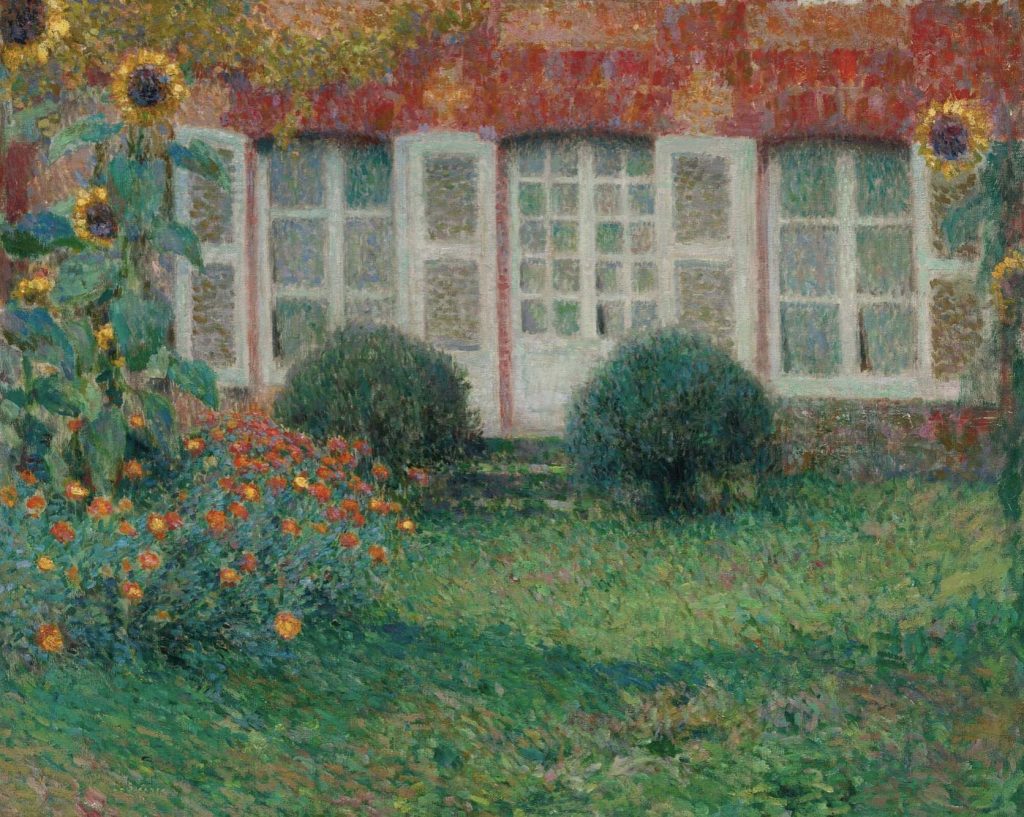
Henry Le Sidaner (1862-1839)
Les Soleils
Signed Le Sidaner (lower left)
Oil on canvas
26 by 31 7/8 in.
1909
Estimate: $300,000-$500,000
Sold: $370,000
PROVENANCE
Sale: Christie’s, London, June 28, 1988, lot 157
Sale: Christie’s, New York, May 9, 2000, lot 159
Private Collection
Acquired from the above
EXHIBITED
Paris, Galeries Georges Petit, Société nouvelle, 1909, no. 81
Estimate $300,000 — 500,000 USD
OUR SERVICES
Offering expert Advisory across sectors, our dedicated Advisory and Sales Agency teams combine strategic insight with transparent advice to guide our clients seamlessly through the market. We always welcome the opportunity to discuss our strategies and services in depth.
Alexander Calder
Dissolving Spiral
Gouache and ink on paper
26 5/8 by 40 1/8 in.
1963
Estimate: $25,000-$35,000
Sold: $100,000 (Hammer with Buyer’s Premium)
PROVENANCE
Perls Galleries, New York
Winifred Breuning, New York
Acquired by the present owner from the above
NOTE
Executed in 1963, this work is registered in the archives of the Calder Foundation, New York, under application number A07462.
OUR SERVICES
Offering expert Advisory across sectors, our dedicated Advisory and Sales Agency teams combine strategic insight with transparent advice to guide our clients seamlessly through the market. We always welcome the opportunity to discuss our strategies and services in depth.
With deep rounded sides rising to a flared rim, this stembowl is supported on a tall slightly spreading hollow foot, decorated in anhua on the interior with a ruyi in the center and a offers a pair of dragons chasing a ‘flaming pearl’ around the sides. The exterior is plain and covered overall with an even creamy-white glaze.
Christie’s
Sale 2872
Lot 814
White-Glazed Ming Dynasty Stem Bowl
Ming Dynasty, Early 15th Century
Height: 4 3/4 in.
Estimate: $20,000-$30,000
Sold: $87,500
PROVENANCE
Christie’s New York, 23rd March 1995, lot 94.
Sotheby’s Hong Kong, 29th October 2001, lot 560.
OUR SERVICES
Offering expert Advisory across sectors, our dedicated Advisory and Sales Agency teams combine strategic insight with transparent advice to guide our clients seamlessly through the market. We always welcome the opportunity to discuss our strategies and services in depth.
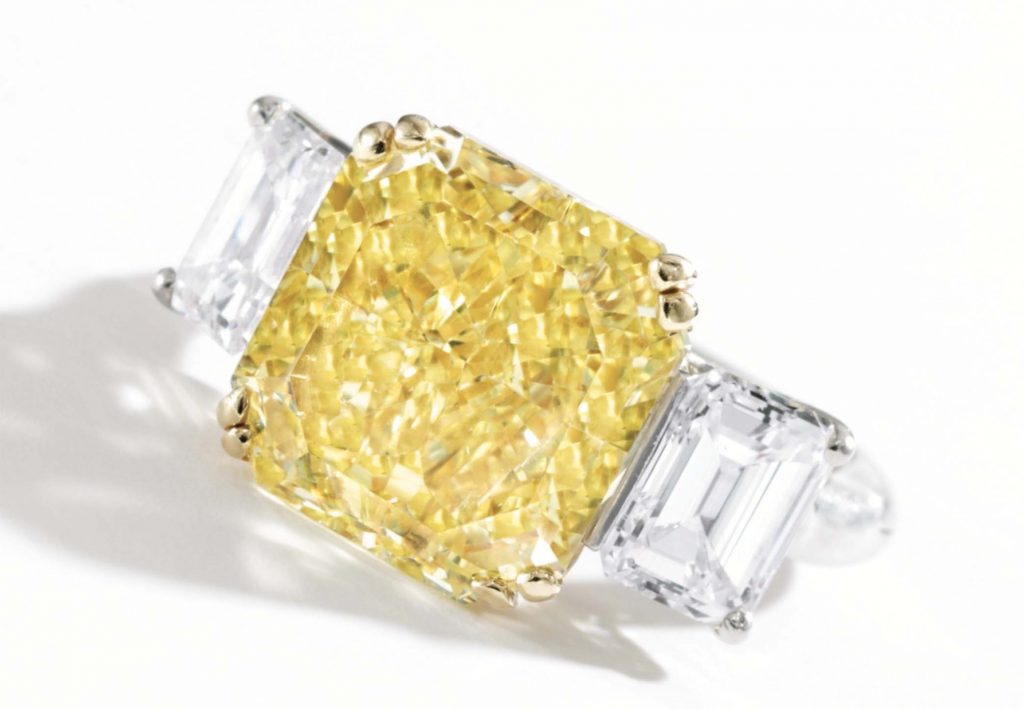
Prices for the best untreated coloured gemstones have been exceptionally strong this year. Consigned for sale in New York on behalf of a client from Baltimore, this platinum, gold, fancy vivid yellow diamond and diamond ring with a central stone weighing 7.35 carats, sold for $281,000 (Hammer Price with Buyer’s Premium).
Estimate $200,000-300,000
Sold: $281,000 (Hammer with Buyer’s Premium)
RELATED CONTENT
- Selling Jewelry & Watch Collections
- Watch TFG’s New York Luxury Week 2023 Webinar
- Sales Agency Services: Maximizing Value and Efficiency through Comprehensive Sales Strategies
OUR SERVICES
Offering expert Advisory across sectors, our dedicated Advisory and Sales Agency teams combine strategic insight with transparent advice to guide our clients seamlessly through the market. We always welcome the opportunity to discuss our strategies and services in depth.
CARTIER’S TEMPLE BROOCHES
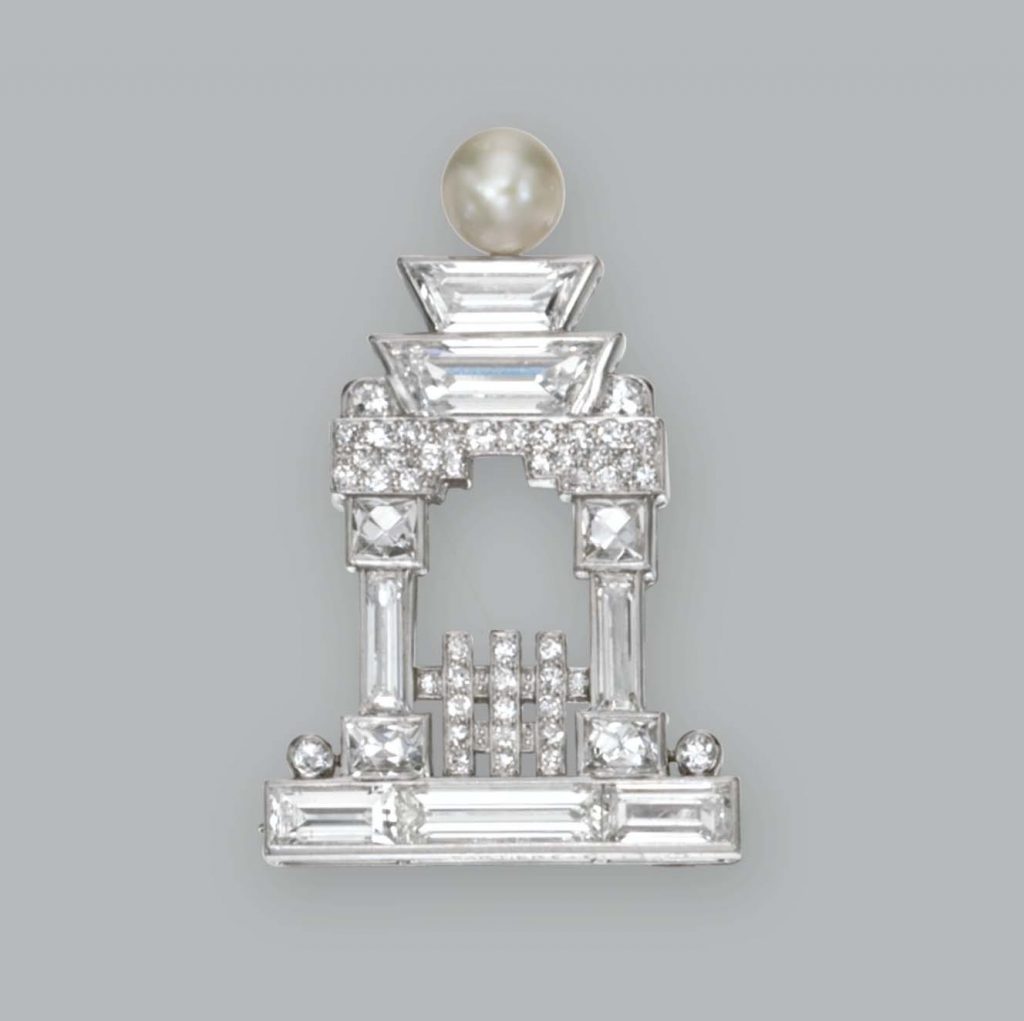
Cartier’s temple brooches, first introduced at the famed Exposition Internationale des Arts Décoratifs et Industriels Modernes in 1925, rank among the firm’s most iconic designs.
This platinum and diamond example was sold for the benefit of our client, the Carbaugh Family Charitable Lead Trust, established by Charlotte and Miller in the spirit of philanthropy they so admired in their mother.
“The giving and receiving of jewellery creates a special memory and is a blessing,” explains Miller, “Our hope is that the Trust will also act as a blessing, reaching out to the needs of our communities and beyond.”
Of architectural inspiration, the temple’s dome set with a half moon-shaped diamond weighing approximately .75 carat is accented by trapezoidal- shaped diamonds weighing approximately 1.40 carats and baguette diamonds weighing approximately 2.10 carats. It is further decorated with smaller variously-cut diamonds weighing approximately .90 carat, and signed Cartier, Made in France, numbered 02577 and 7569, with French assay and partial maker’s marks; circa 1930.
The diminutive size of Cartier’s temple brooches —sweetly at odds with the structures they represent—accentuates their exquisite construction, rendered meticulously and exclusively in diamonds and platinum. The brooches take on a variety of configurations within the relatively strict codex of the temple form, from Japanese pagodas to neo-classical temples d’amour, to the occasional Taj Mahal. Each example invited the designer to challenge the gem-cutter who, in turn, entrusted the gem- setter to assemble these petits tours de force of jewellery making. The form also lent itself perfectly to the incorporation of one of Cartier’s greatest innovations, the baguette cut, introduced in 1912. These small diamond rectangles created the columns and capitals that support the brooch’s superstructure: rhomboid lintels leading to half- moon domes terminating in lozenge-shaped finials. By the 1930s, this battery of cutting styles became a cornerstone of contemporary jewellery design, making the temple brooch a miniature codex for the Art Deco period.
Sold at Sotheby’s New York in December 2013, it made $100,000 – a record sum for a jewel of this type.
FURTHER READING
OUR SERVICES
Offering expert Advisory across sectors, our dedicated Advisory, Sales Agency, and Philanthropic Strategy teams combine strategic insight with transparent advice to guide our clients seamlessly through the market. We always welcome the opportunity to discuss our strategies and services in depth.
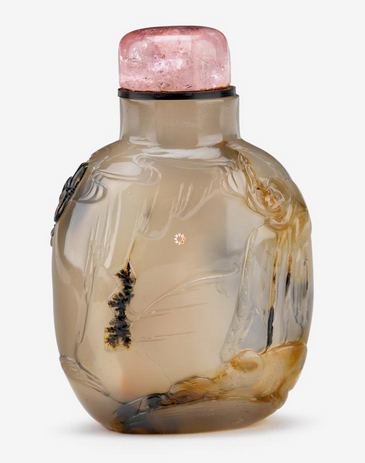
A fine Chinese chalcedony snuff bottle with carved cameos of an elderly man and child mounted with a pink tourmaline lid was attributed to the school of Zhiting in the Suzhou region of China. From the collection of the late Mrs. John Dilks of Philadelphia, it was acquired from prestigious London snuff bottle dealer Robert Hall. The quality of the carving, the attribution, as well as the provenance of being vetted by a dealer such as Robert Hall led to the strong sales result of $31,250, five times the auction estimate.
Suzhou, School of Zhiting,
18th/19th Century
Height with lid: 2 3/4 in.
Estimate: $5,000-$8,000
Sold: $31,250
PROVENANCE
Property of the late Mrs. John Dilks of Philadelphia, originally purchased from Robert Hall of London
RELATED CONTENT
- Selling Jewelry & Watch Collections
- 10 Reasons to Work with an Advisor for a Successful Sales Process
- Visit The Fine Art Group’s Webinar Library
OUR SERVICES
Offering expert Advisory across sectors, our dedicated Advisory and Sales Agency teams combine strategic insight with transparent advice to guide our clients seamlessly through the market. We always welcome the opportunity to discuss our strategies and services in depth.
Wolfgang Paalen (1907-1959)
Les Cosmogenes
signed lower right
Oil on canvas
96 x 93 in.
1944
PROVENANCE
Robert Anthoine, New York
EXHIBITED
Mexico City, Galería de Arte Mexicano, Wolfgang Paalen, February 22-March 3, 1945
New York, Art of This Century, Wolfgang Paalen, April 17-May 12, 1945
San Francisco, San Francisco Museum of Modern Art, Dynaton, 1951
Mexico City, Museo de Arte Moderno, INBA, Homenaje a Wolfgang Paalen, el precursor, 1967, p. 48, illustrated
Paris, Galerie Viland et Galanis, Domaine de Paalen, 1970, no. 11
Basel, Galerie Schreiner, Creation: Wolfgang Paalen und Gordon Onslow Ford, 1978
Los Angeles, Los Angeles County Museum of Art, The Spiritual in Art 1887-1987, 1987
Gemeentemuseum den Haag, 1988
Stifung Ludwig Wien, Museum Moderner Kunst, Wolfgang Paalen, Zwischen Surrealismus und Abstraktion, 1993, p. 231, illustrated
Mexico City, Museo de Arte Carrilo Gil, Wolfgang Paalen Retrospectiva, June 27-September 18, 1994
San Francisco, Wendi Norris Gallery, Philosopher of the Possible, Wolfgang Paalen, February 6-March 29, 2014, no. 5, p. 29, illustrated in color; also illustrated in color on the cover
RELATED CONTENT
- From auctions to acquisitions, read how our unparalleled market insights and results-driven strategies have delivered for our clients.
- Let Us be your Auction Sale Advocate
- Protect Your Investments While Divesting Tangible Assets
OUR SERVICES
Offering expert Advisory across sectors, our dedicated Advisory and Sales Agency teams combine strategic insight with transparent advice to guide our clients seamlessly through the market. We always welcome the opportunity to discuss our strategies and services in depth.
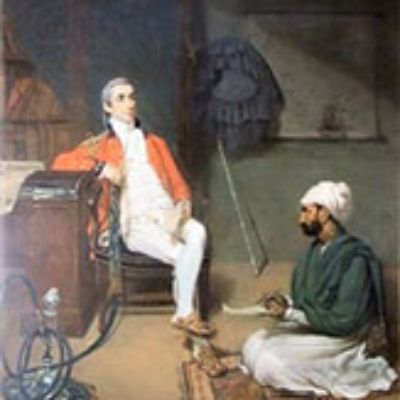
A recent valuation at the Hall of the Worshipful Company of Innholders in London by Pall Mall Art Advisors, and where I was part of the valuation team, resulted in an unexpected and exciting discovery.
I was astonished to find a beautifully painted small portrait of an 18th Century red-coated officer, Captain Jonathan Scott, seated with an Indian scribe at his feet in an Indian interior. I was struck by the quality of some of the details, the pointed Indian slippers, the hookah, rug and the delicacy of the treatment of the faces.
FROM THE BEGINNING
One of my areas of particular interest is the art produced during the time of the Raj and I recognized that this portrait was by Johan Zoffany (1733-1810), a German artist who found favour at the court of George III and became an early member of the Royal Academy. In 1783, he travelled to Calcutta in search of riches to subsidise the extravagant lifestyle he had adopted after his London success. He spent six years in India and collected oriental armour, hookahs, costumes and weapons while he was there.
The Scott portrait was painted in Lucknow, during Zoffany’s two and a half years residence there. However, it appeared to be unknown to the academic establishment. It had not been included in the 2012 Royal Academy exhibition of Zoffany’s work, or in the extensive monograph by Mary Webster published in 2011. (Johan Zoffany 1733-1810, Yale, 2011).
Inquiries at the Livery Company revealed that they were aware of the authorship of the portrait. It had been donated in 1987 by the widow of a past Master who had been a direct descendant of the sitter. The portrait was examined by the organizers of the Zoffany exhibition. Two of them knew of the painting, from an old black and white photograph, but had believed it to be lost. They were intrigued by the sketchy quality of some of the background of the portrait, and suggested that Zoffany might have been in a hurry to complete it as Hastings left Lucknow, presumably with Scott, in August 1784, the year in which the portrait was thought to have been painted.
WHO IS JONATHAN SCOTT?
Jonathan Scott was born in Shrewsbury in March 1753. After his education at Repton and Shrewsbury, he sailed for India in March 1769. Upon his arrival in Calcutta he studied the language and history of India and by 1780 had become a Captain in the East India Company. Patronage was a crucial factor in the advancement of the officers of the Company and Scott was fortunate, when in 1783, Warren Hastings, the Governor General of India, appointed him to his staff as his Persian Secretary and Interpreter, responsible for communications with the native powers judged too diplomatically sensitive to be trusted to an Indian secretary. Hastings also valued Scott’s investigations into Mughal Indian history. Shortly after Scott’s appointment he and Hastings were involved in the foundation of the Asiatic Society of Bengal. They travelled to Oudh where Hastings hoped to settle many of the outstanding problems.
By 1785 the criticism of Hastings’ Governor Generalship by his enemies in the Council of the East India Company in England had grown to such an extent that his position was untenable, despite bringing much order to a chaotic and corrupt system during his eleven years at the helm. He sailed for home in February 1785, accompanied by Scott and a few others. In February 1788 Hastings was impeached by the High Court of Parliament for crimes and misdemeanours during his time in India. The trial lasted on and off for seven years, until in 1795 Hastings was acquitted on all the charges.
Meanwhile, Scott had settled in Shrewsbury, where he remained for the rest of his life. In 1786, he married his first cousin Anne Austin, daughter of the Reverend Daniel Austin and Anne Sandford of the Isle of Rossall. Their daughter Anna Dorothea was born in 1793. In 1802 Scott was appointed Professor of Oriental Languages at the Royal Military College, Marlow and subsequently at the East India College, Hailebury. Oxford University conferred on him an Honorary DCL in 1805, in recognition of his services to Oriental Literature, and Cambridge followed suit with an honorary LLD in 1808.
He died in 1829 at the age of seventy-five and was buried in the family vault in St Chad’s Church, Shrewsbury. Scott had six books published between 1786 and 1811 including translations from Persian. His best known work is a six volume translation of the Arabian Nights, published in 1811. This constituted the first literary translation of the Arabian Nights, providing a critical introduction and copious annotation of the Muslim religion and customs.
Zoffany had had high expectations from the Nawab of Oudh, but they were not realized. By the time of his arrival in 1784, the Nawab, who had moved the capital of the province of Oudh from Faizabad to Lucknow, had hugely over-extended his resources in the creation of a magnificent palace and in the maintenance of an extravagant court life. Zoffany never received any money from him. However there were plenty of European patrons who commissioned work from him, notably Antoine Polier, the engineer to the Nawab and another Frenchman, Claude Martin. ‘Colonel Mordaunt’s Cock Match’, commissioned by Warren Hasting’s from Zoffany, and one of the masterpieces of Anglo-Indian painting, took place in one of Martin’s properties. Zoffany also painted a number of landscapes at this time as well as views of Martin’s properties and paintings of natives. His enchantment with India resulted in a body of work based on his observations of the landscape of Bengal and Oudh and of the exotic manners and customs he found there.
Karen Taylor is a specialist paintings consultant. She has a particular interest in Oriental, Indian and Far Eastern Art. Grateful acknowledgement is given to Anne Powell, a descendant of Jonathan Scott, who is currently engaged in writing a book based on his letters.
RELATED CONTENT
- From auctions to acquisitions, read how our unparalleled market insights and results-driven strategies have delivered for our clients.
- Sold: Great Results in Orientalist Art Auction
- Watch How to Maximize Value when Selling Collections
OUR SERVICES
Offering expert Advisory across sectors, our dedicated Advisory and Sales Agency teams combine strategic insight with transparent advice to guide our clients seamlessly through the market. We always welcome the opportunity to discuss our strategies and services in depth.
